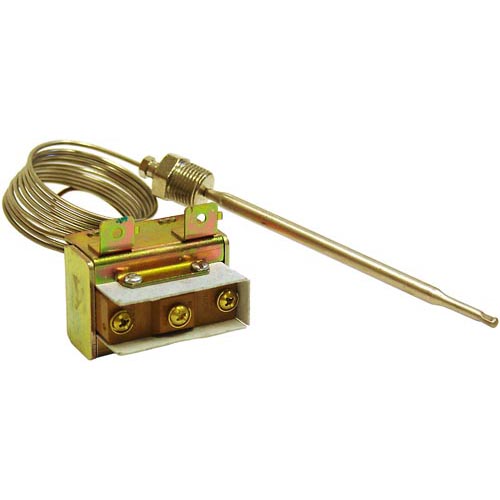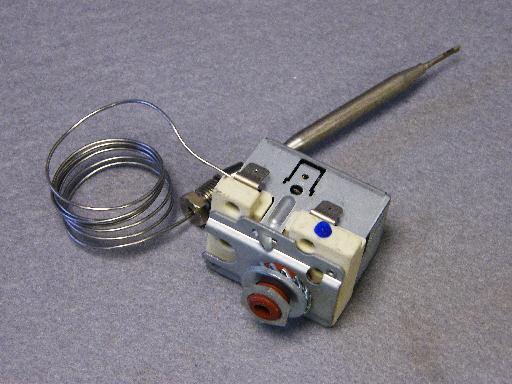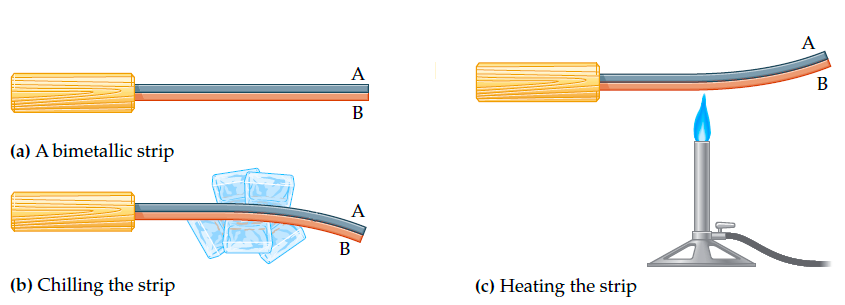Temperature controlling methods are highly involved in most of the equipment used in the real world. The methods are depend on the required accuracy, cost effectiveness, availability. Commonly available controlling devices and techniques are discussed bellow.
- Thermocouple
- PT 100
- Thermostats
1.0 Thermocouple
what is Thermocouple Wire?

Wire that is used in a thermocouple from the point of sensing to the point of cold junction compensation (cjc end) where the signal is measured. A thermocouple is a sensor for measuring temperature, that consists of two dissimilar metals that are joined together at the sensing end. Different thermocouple types (e.g. J, K, T, E, etc) use different mixtures of metals in the wire. At the cjc end, the millivolt value provided by the thermocouple represents the difference in temperature of the sensing end as compared to the cjc end.
How are insulated thermocouple wires identified?

The insulation on thermocouple wire is color coded for identification.

Thermocuple wire identification
General guidelines to use a thermocouple wire?
- under 100 feet with 20 AWG or thicker wire in an area free of electromagnetic interference usually is fine.
- Total loop resistance and preventing electrical noise getting into the signal. Typically loop resistance under 100 ohms.
- The second major factor in running a thermocouple wire is to keep it away from any electromagnetic fields.
- Thermocouple wire creates a low voltage signal and should not be run near power wires, motors, etc.
- To help minimize noise pickup, a metal over braid or twisted shielded wire is commonly used.
2.0 Resistance Temperature Detectors (PT 100)
 |
| 100 Ω at 0°C |

3.0 Thermostat
A thermostat is a small peace of controller which senses the temperature of a system and switch at or near predefined set value.
A thermostat is a small peace of controller which senses the temperature of a system and switch at or near predefined set value.


How thermostat works

No comments:
Post a Comment